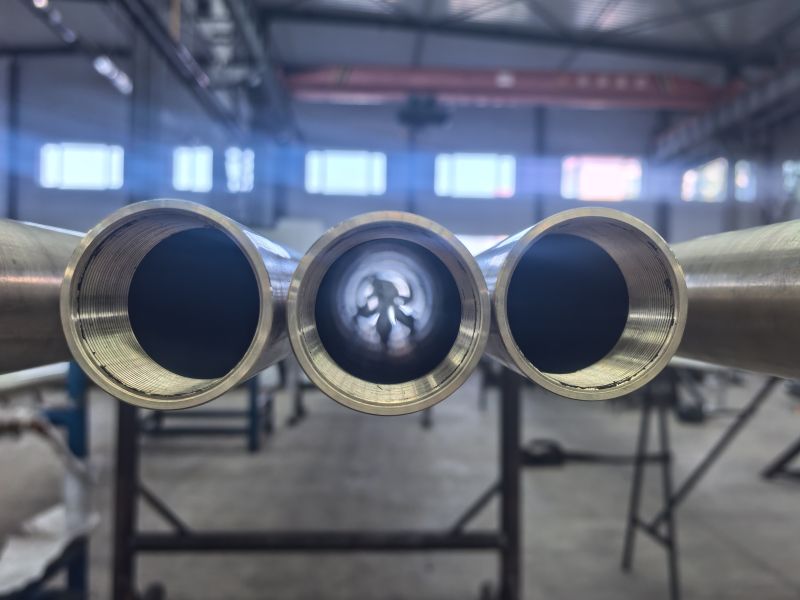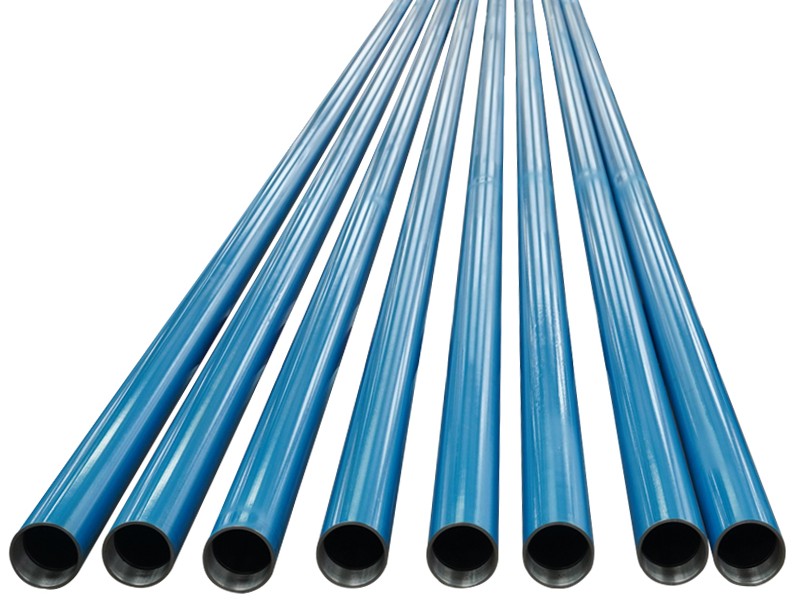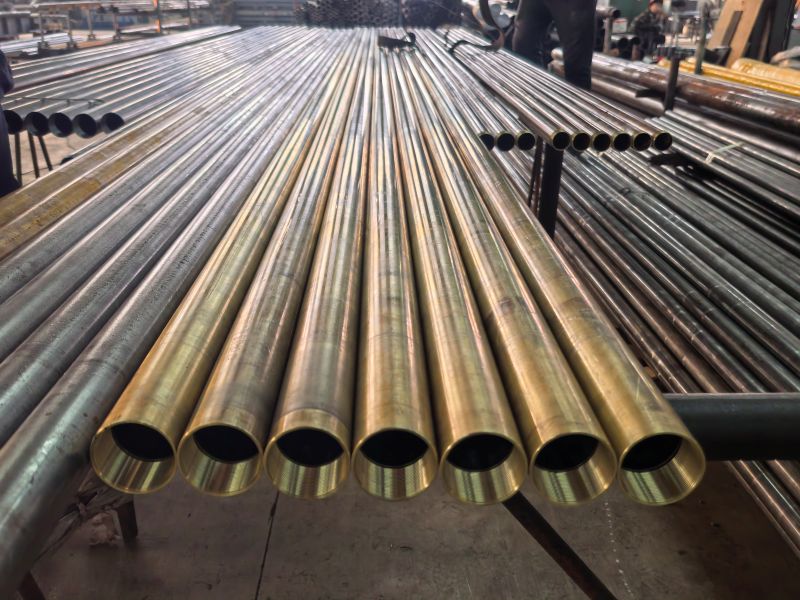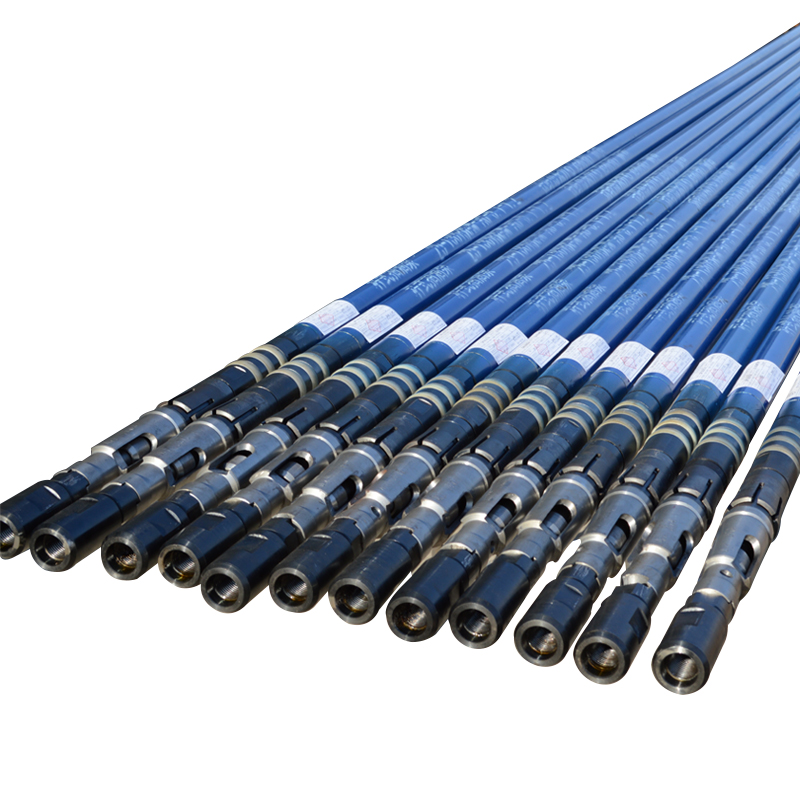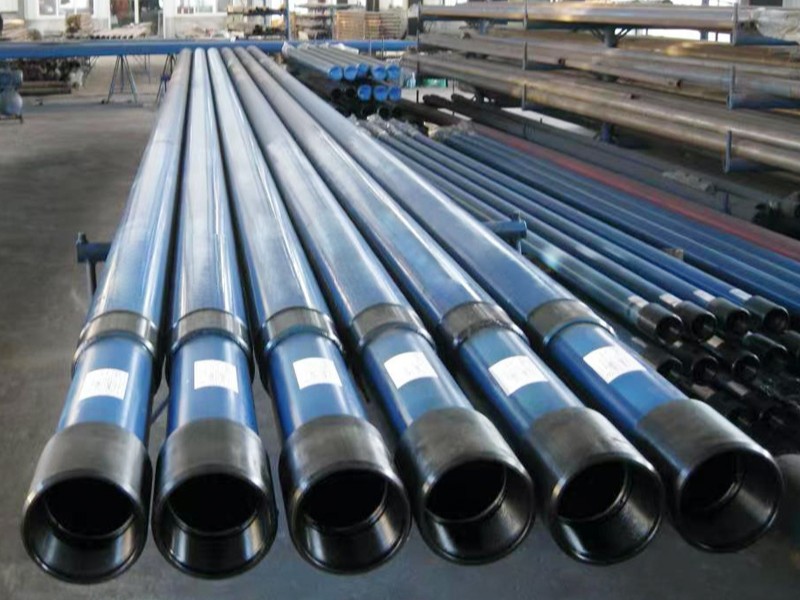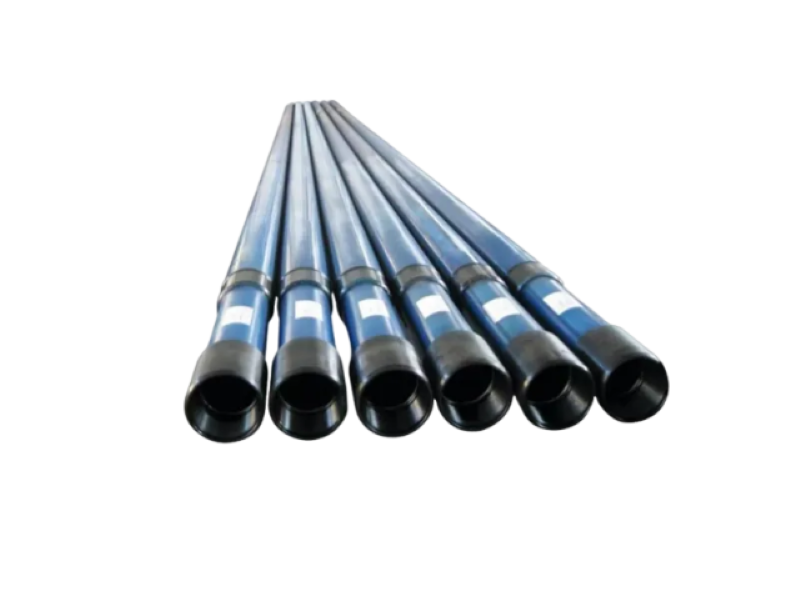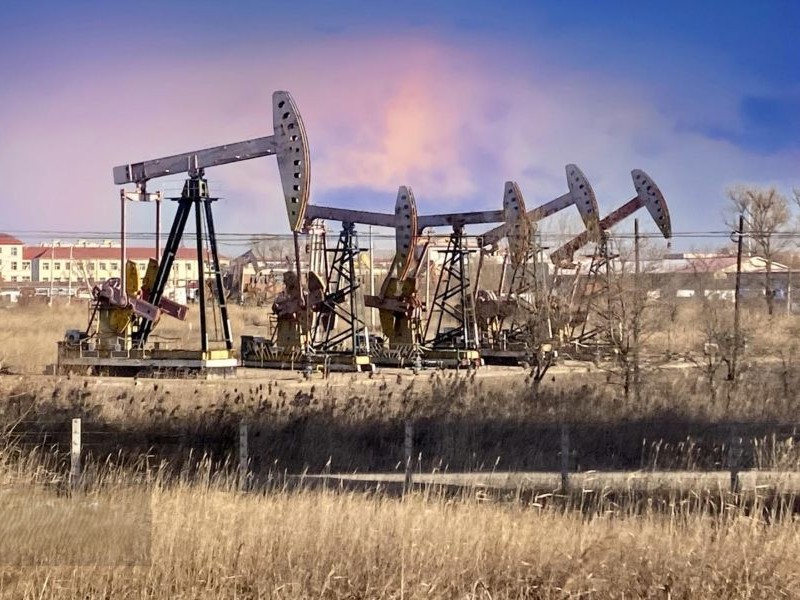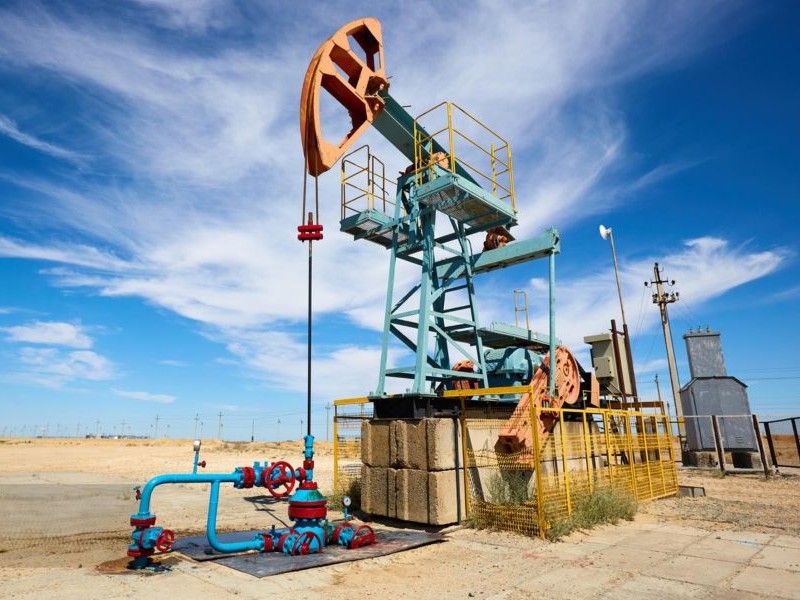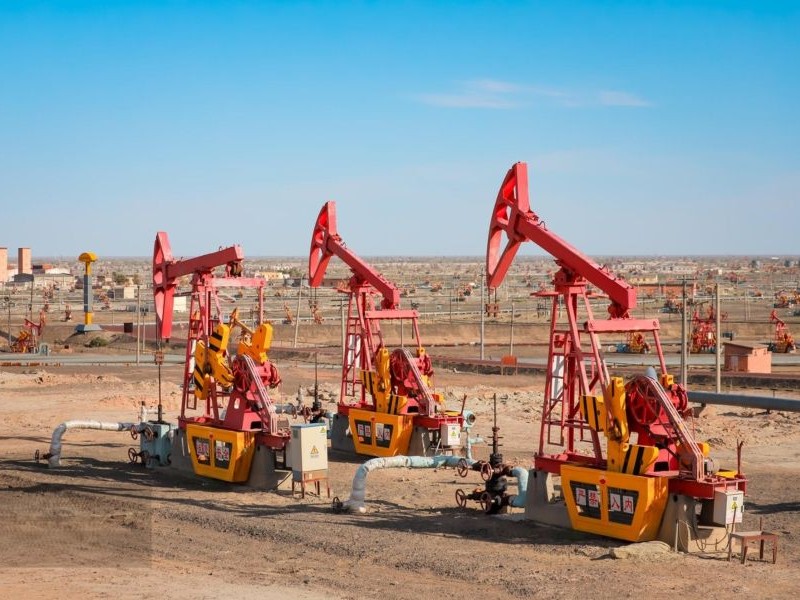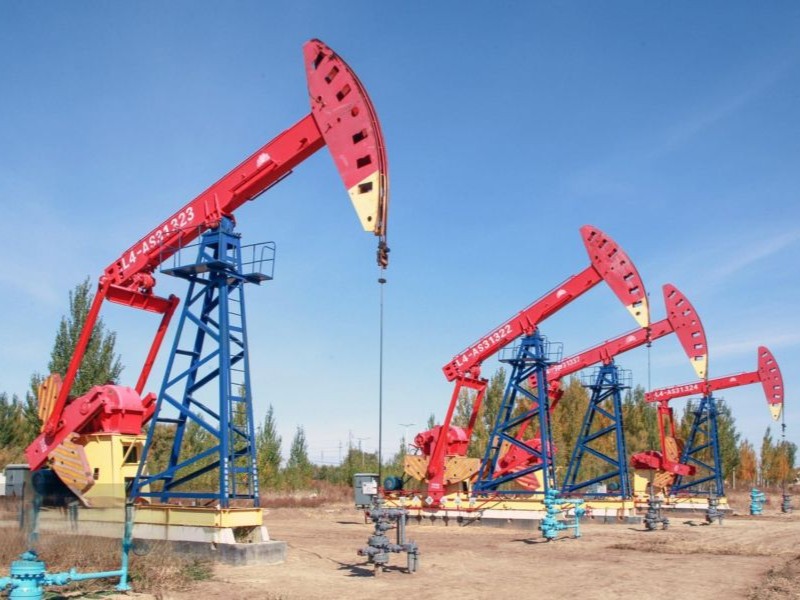10-24/2025
Comparison of Structural Differences and Applicable Scenarios of Different Types of Rod Pump Barrels
The tubular pump cylinder adopts a single-cylinder integrated structure, and the whole is a seamless steel pipe (whole cylinder type) or outer pipe + inner liner (combined type), which is directly fixed to the lower end of the tubing as an extension of the tubing, without additional nested parts.


